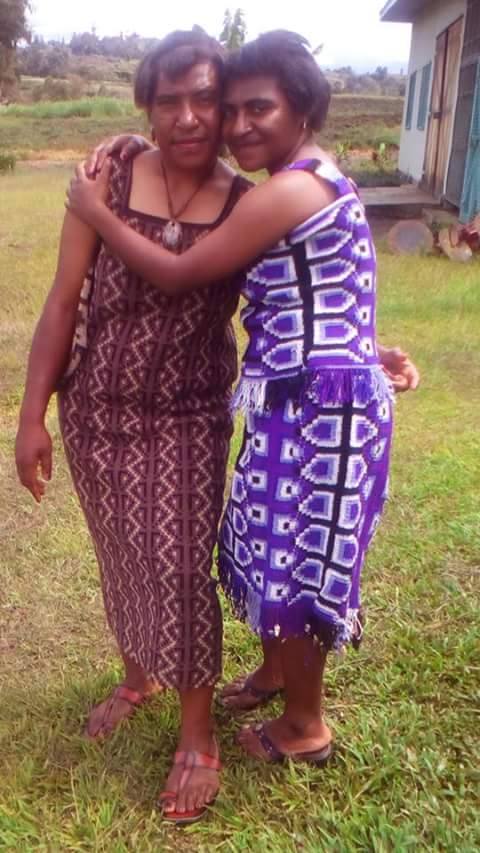by CHRISTINA SUMMER
ALWAYS bulging, because that’s their nature, string bags are almost a thing of the past, relegated to memory by designer totes and paper carrier bags. One of the few string bags I see these days is the orange one my daughter uses to stuff all the beach toys into. This week however I’m reminded of those capacious multi-purpose string bags known as bilums that are traditional to Papua New Guinea.
The connection? The photographic exhibition Access to Life which has just opened at Sydney’s Powerhouse Museum for World AIDS Day 2012. Sydney is the tenth city in the world to show Access to Life, but the first to add Papua New Guinea as a special regional component.
Created by Magnum Photos in partnership with the Global Fund to Fight AIDS, Tuberculosis and Malaria, the moving images that make up Access to Life have informed and touched millions of people around the world. A series of new photographs from Papua New Guinea have now been added to the existing case studies from Russia, Swaziland, India, Haiti, Vietnam, Mali, South Africa and Peru. Together, these images document the human catastrophe of AIDS and the campaign to make antiretroviral drugs available to all those who need them.
The connection? The photographic exhibition Access to Life which has just opened at Sydney’s Powerhouse Museum for World AIDS Day 2012. Sydney is the tenth city in the world to show Access to Life, but the first to add Papua New Guinea as a special regional component.
 |
| A PNG flag bilum design made by a woman from Tambul, Western Highlands Province. Image: Elizabeth Bonshek / 2007. |
Photographs of Elizabeth Mulunga of Hela Province are part of this new Papua New Guinea section. In these images Elizabeth is shown wearing a vividly coloured bilum on her head, in the traditional manner. The bilum is also on display and Elizabeth is quoted as saying, ‘I make bilums and I have a little coffee…. I take medication every day. Lots of people have died but I have lived’.
In recent years, many women have preferred to use readily-available coloured commercial yarns to make their bilums. It’s easier, and also enables an extensive range of design opportunities and colour combinations. As a result, the women’s bilums (and other bilum-inspired bilumwares) have become distinctly marketable, rather than purely personal and functional items.
Women wear bilums across their foreheads as this makes it easier to carry their frequently heavy loads. Men usually prefer long- handled bilums which they wear over their shoulders, thus keeping their hands free for other purposes. Either way, for both women and men, there is now a definite contemporary swing away from eco-friendly plant-based naturally-dyed string bilums to the vivid colours of synthetic yarns that enable bright patterns and individual fashion statements.
- Christina Sumner is the principal Curator, Design & Society, Powerhouse Museum Collection Museum of Applied Arts & Sciences.
- Article extracted from https://www.maas.museum
 |
| A girl with her bilum. Image courtesy of Bilasim Png Magazines /2017. |
 |
| The bilum in this photograph has a design that is rare and unique. Image: Jeveca Kenny Mai /2017. |

















































